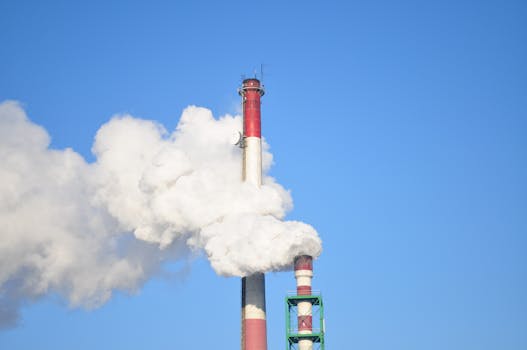What is Carbon Monoxide?
Carbon monoxide (CO) is a toxic, odorless, colorless gas found in industrial workplaces or homes. CO is produced from the burning of natural gases or materials containing carbon inside. This includes propane, kerosene and coal but the most commonly found source of CO is results from combustion engines. This can lead to carbon monoxide poisoning.
Carbon Monoxide Poisoning – What makes it so dangerous?
Carbon monoxide displaces the oxygen in your blood, cutting off connection to your vital organs. Since a small amount of CO can cause light headiness, large amounts of CO can incapacitate a full grown adult in only minutes.
Symptoms of Carbon monoxide poisoning include tightness around the chest, dizziness and nausea. In addition, vomiting, loss of consciousness and muscle fatigue can occur from inhaling CO. Young children, elderly and anyone with health problems are most susceptible to CO poisoning.
How do keep safe?
In jobs where exposure to carbon monoxide is common, it’s important you have a basic understanding of how to keep safe. If you experience carbon monoxide poisoning, find a large open space with fresh air ASAP. Don’t forget to call 911 to alert them about the leak and to stay away from the gas leak. If possible, wear a oxygen mask to prevent further inhaling of CO.
It’s the employer’s responsibility to ensure proper ventilation is fully functional in their workplaces. Therefore, they need to take all steps to keep their employees safe. Ways to reduce a CO leak from happening is to maintain and repair all equipment used for work. Changing from gas-powered equipment to electric-powered can reduce the amount of CO produced. Visit www.ncoaa.us to learn more on the dangers of carbon monoxide poisoning.
Carbon Monoxide and your furnace
Maintaining your furnace will keep your family safe from carbon monoxide poisoning. As a result, replace your furnace filters every few months and check them often. Without a filter, all kinds of debris will get inside your furnace. This places stress on your furnace and can causes cracks to your heat exchanger. Due to this, if your heat exchanger is damaged, it may cause CO to leak out.

